What is Alzheimer’s Disease?
Alzheimer’s disease is a complex and progressive neurodegenerative disorder that leads to memory loss, personality changes, and cognitive decline. The exact cause of the disease remains uncertain, but studies suggest that genetic, lifestyle, environmental, and dietary factors may all play a role in its development.
Despite significant research, there are currently no pharmaceutical approaches that can alter the progression of the disease. The failure of more than two hundred promising drug candidates in clinical trials over the past decade highlights the complexity of Alzheimer’s disease and its causes.
As a result, there is growing interest in complementary and alternative interventions, including medicinal plants and herbal remedies, as potential sources of drug candidates for Alzheimer’s disease. Numerous studies have described the use of various medicinal plants and their active compounds to treat Alzheimer’s disease, with a focus on their anti-inflammatory, antioxidant, and cognitive-enhancing effects.

This article systematically reviews recent studies that investigate the role of neuroprotective herbs and their bioactive compounds in Alzheimer’s disease and pre-Alzheimer’s disease.
Medicinal plants have great potential in the prevention and treatment of cognitive decline associated with Alzheimer’s disease. It is hoped that these plants can be utilized in drug discovery programs to identify safe and effective small molecules for Alzheimer’s disease treatment.
There is currently no cure for Alzheimer’s disease, although there is ongoing research on possible treatments, including the use of herbs in order to prevent Alzheimer’s disease before the arrival of the first symptoms.
Etiology of Alzheimer’s Disease
Alzheimer’s disease (AD) is a major global healthcare problem and the third leading cause of death in the United States. Although the cause of the disease is not fully understood, genetic factors are responsible for 5-10% of cases, while the remaining 90-95% are sporadic. The ApoE ε4 allele, whether heterozygous or homozygous, significantly increases the risk of developing Alzheimer’s.
Efforts to find a cure for AD have been disappointing, and the drugs currently available to treat the disease have limited effectiveness, especially in moderate-severe stages of the disease. The underlying pathology involves the degeneration and loss of neurons and synapses in the hippocampus, cortex, and subcortical structures, resulting in atrophy and loss of memory, ability to learn new information, mood swings, executive dysfunction, and inability to perform daily activities.
Patients in the late-severe stage of the disease require comprehensive care due to complete memory loss and a loss of sense of time and place. Postponing the onset or progression of Alzheimer’s through therapeutic intervention is believed to dramatically reduce the number of cases over the next 50 years.
Alzheimer’s disease is characterized by two main pathologic hallmarks: the extracellular accumulation of β-amyloid deposits and the intracellular neurofibrillary tangles (NFT). Neurodegeneration is triggered by the accumulation of Aβ, resulting in the clinical dementia that is typical of AD. Despite this, the poor correlation between amyloid deposits and cognitive decline in the symptomatic phase of dementia may explain why drug targets to β-amyloid have not been successful so far.
Alzheimer’s disease is characterized by intracellular neurofibrillary tangles (NFTs) that are commonly observed in AD brains. These tangles are abnormal and hyperphosphorylated isoforms of the microtubule-associated protein tau. Research suggests that mutated, aberrantly folded, and hyperphosphorylated tau is less efficient in sustaining microtubule growth and function, resulting in the destabilization of the microtubule network, a hallmark of AD. While attention is now on therapies targeted at tau, the recent failure of drugs targeting tau deposits reveals a lack of accurate understanding of the complex pathophysiology of AD. Therefore, it is essential to consider other pathophysiological factors underlying AD, such as autophagy, neuroinflammation, oxidative stress, metal ion toxicity, neurotransmitter excitotoxicity, gut dysbiosis, unfolded protein response, cholesterol metabolism, insulin/glucose dysregulation, and infections. Despite repeated failures of drug therapies targeting amyloid or tau, and the large unmet need for safe and effective AD treatments, alternative therapeutic strategies that address all the pathophysiological entities mentioned above must be pursued.
Herbs and herbal remedies have a history of traditional use and are believed to be safe and effective, yet they have not been extensively studied from a scientific standpoint. Many plants and their constituents have been recommended in traditional medicine to improve cognitive function and alleviate symptoms of AD, such as memory loss and depression.
Depending on the complexity of the condition, a single herb or a combination of herbs may be recommended. The bioactive components of the herbs are thought to act synergistically and modulate the activity of other plant constituents. This approach is commonly used in Ayurveda, traditional Chinese medicine, and Native American medicine.
In the following list, we present a subset of herbs that may be useful for AD, based on their properties, functional characteristics, and mechanistic actions.
These herbs were chosen because they have a history of use in traditional medicine for memory-related disorders, they contain phytochemicals that may be useful for AD therapy, and their neuropharmacological activities have been determined.
Additionally, preclinical or clinical studies have confirmed their reputed cognitive-enhancing and anti-dementia effects.
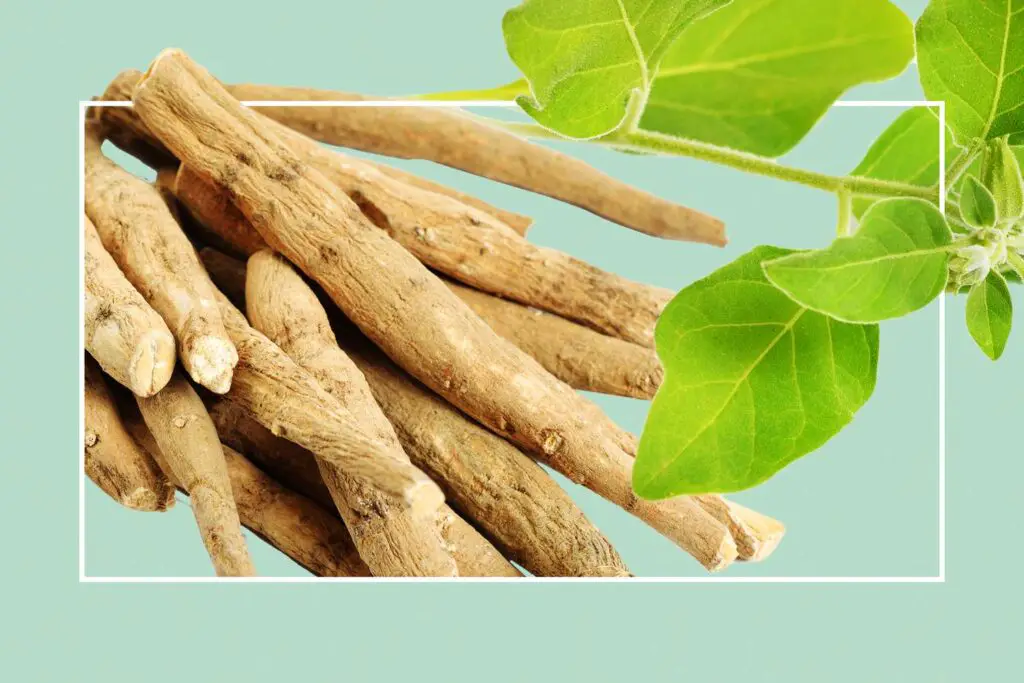
1. Ashwagandha (Withania somnifera)
Ashwagandha (Withania somnifera) is a popular herb commonly used in Ayurvedic medicine, an ancient Indian system of medicine. It is also known by its other names, such as Indian ginseng, winter cherry, and poison gooseberry. The plant is a small shrub with yellow flowers that is native to India, the Middle East, and parts of Africa.
Ashwagandha root and berries are traditionally used for various medicinal purposes, including reducing stress and anxiety, improving brain function, increasing endurance and strength, reducing inflammation, and enhancing overall well-being. Ashwagandha is believed to possess adaptogenic properties, which means that it can help the body adapt to stress and normalize bodily functions.
Studies have found that Ashwagandha may have potential therapeutic benefits for a variety of health conditions, such as anxiety, depression, insomnia, and arthritis, among others. Its antioxidant properties may also have a protective effect on the brain and nervous system, potentially benefiting conditions such as Alzheimer’s and Parkinson’s disease.
Ashwagandha is available in various forms, including capsules, tablets, powders, and teas, and is generally considered safe when used in appropriate doses. However, it is always recommended to consult with a healthcare professional before using any herbal supplements.
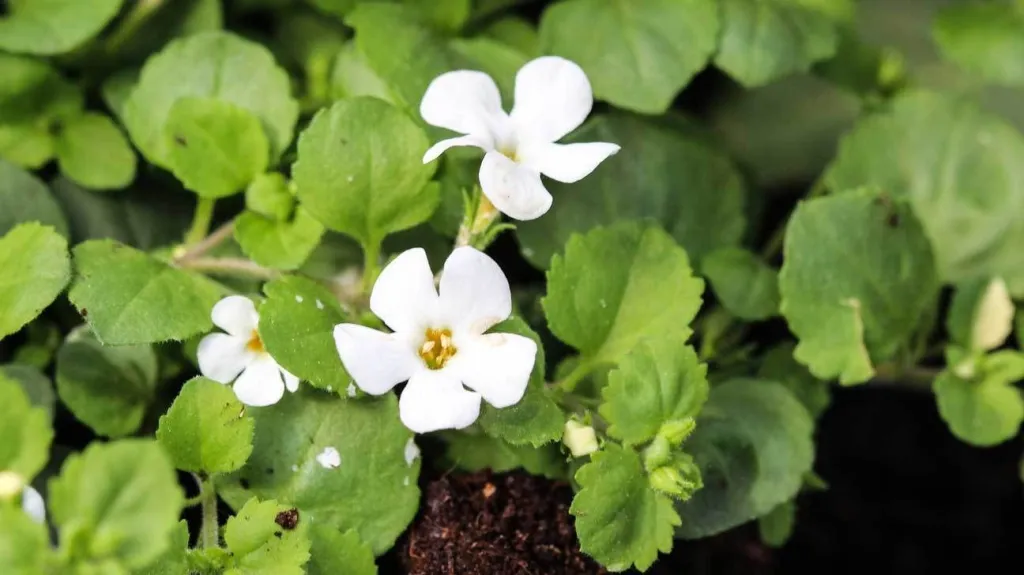
2. Brahmi (Bacopa monnieri)
Brahmi, also known as Bacopa monnieri, is a herb commonly used in Ayurvedic medicine for its cognitive-enhancing properties. It is native to wetlands and muddy shores and is found primarily in India, Nepal, Sri Lanka, and some parts of North and West Africa.
Brahmi has small white or light purple flowers and succulent leaves that are used in traditional medicine. Its active constituents are believed to be triterpenoid saponins known as bacosides, which have been shown to have antioxidant and neuroprotective effects.
Brahmi is believed to improve memory, enhance learning, and improve cognitive function in people of all ages, but particularly in the elderly. It is available in various forms, including capsules, tablets, powders, and teas, and is commonly used as an ingredient in nootropic supplements. Brahmi is generally well-tolerated, but some individuals may experience side effects such as gastrointestinal upset, dry mouth, and fatigue.
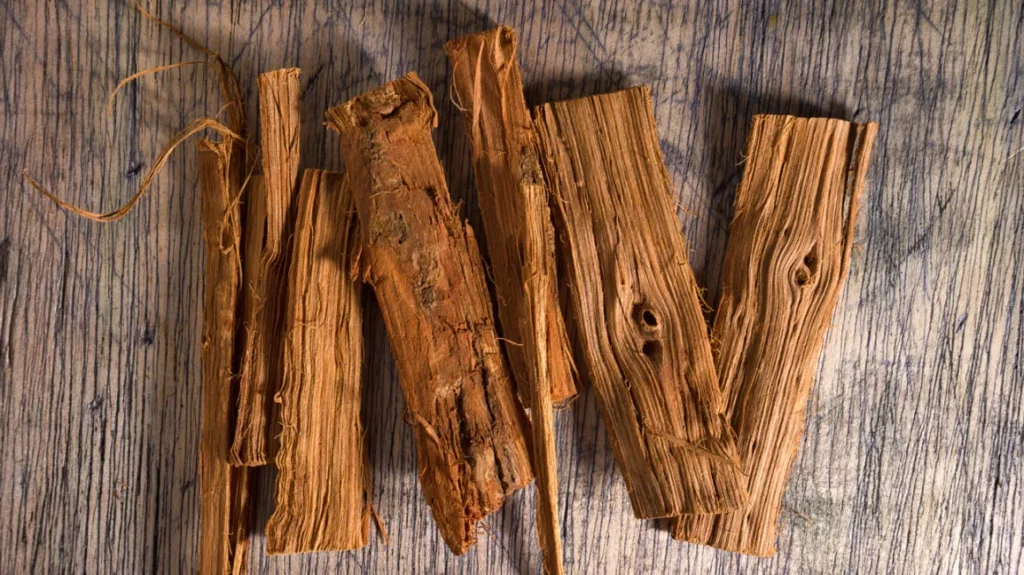
3. Cat’s claw (Uncaria tomentosa)
Cat’s claw (Uncaria tomentosa) is a woody vine that grows in the Amazon rainforest and other areas of Central and South America. It has been used in traditional medicine for centuries to treat various health conditions, including arthritis, cancer, and viral infections. The plant gets its name from the small, curved thorns on its stem that resemble a cat’s claw.
The active compounds in cat’s claw are believed to have anti-inflammatory, antioxidant, and immune-boosting effects, making it a popular natural remedy for a variety of ailments. Some studies have suggested that cat’s claw may have potential therapeutic benefits for Alzheimer’s disease, but further research is needed to confirm its effectiveness and safety.
Cat’s claw is available in various forms, including capsules, powders, and teas, and is often marketed as a dietary supplement. It is important to speak with a healthcare provider before using cat’s claw or any other herbal remedy to avoid potential interactions with medications or other health conditions.
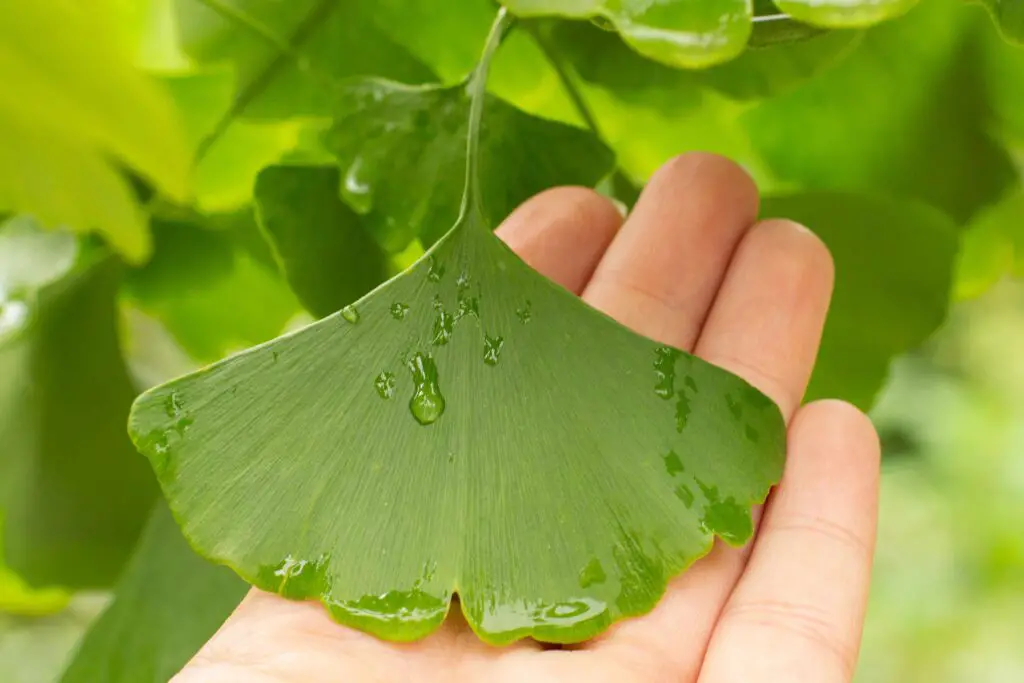
4. Ginkgo biloba
Ginkgo biloba is a popular herb that has been used in traditional Chinese medicine for centuries. The leaves of the ginkgo tree contain several bioactive compounds that are believed to provide various health benefits. Ginkgo biloba is best known for its potential to improve cognitive function, particularly memory and concentration, and is often used as a natural supplement to support brain health.
In addition to its potential cognitive benefits, ginkgo biloba is believed to have antioxidant and anti-inflammatory properties that may help protect against cellular damage and disease. It has also been used to support cardiovascular health, improve circulation, and alleviate symptoms of anxiety and depression.
While ginkgo biloba is generally considered safe and well-tolerated, it may interact with certain medications and is not recommended for individuals with bleeding disorders or those who are pregnant or breastfeeding. It’s always important to talk to a healthcare provider before starting any new supplement.
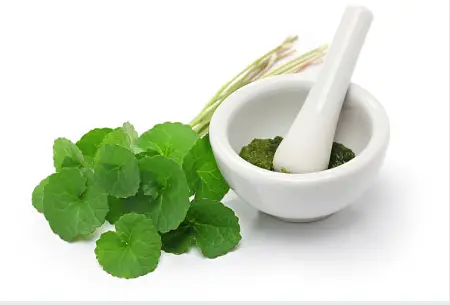
However, not many know that It is also believed to improve memory and concentration.
5. Gotu kola (Centella asiatica)
Gotu kola (Centella asiatica) is a herb commonly used in traditional medicine practices, particularly in Asia. It is also known as Indian pennywort, Brahmi, or Asiatic pennywort. The leaves and stems of the plant are used for medicinal purposes.
Gotu kola is believed to have a variety of health benefits, including improving cognitive function, reducing anxiety, and enhancing circulation. It contains several active compounds, including triterpenoids, flavonoids, and asiaticoside, which are thought to be responsible for its therapeutic effects.
In traditional medicine, Gotu kola is used to treat a variety of ailments, including skin conditions, respiratory infections, and wounds. It is also believed to improve memory and concentration and to relieve anxiety and depression. In modern times, Gotu kola has gained popularity as a nootropic, a type of supplement that is thought to improve cognitive function. However, more research is needed to determine its safety and effectiveness for these uses.
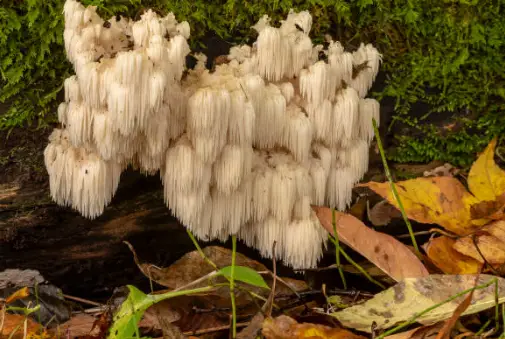
6. Lion’s mane (Hericium erinaceus)
Lion’s mane (Hericium erinaceus) is a type of edible mushroom that is native to Asia, Europe, and North America. It is also sometimes referred to as the bearded tooth mushroom, or the pom pom mushroom, because of its distinctive appearance.
The fruiting body of the lion’s mane mushroom has a white, shaggy appearance, with long, dangling spines that resemble the mane of a lion. It grows on hardwood trees, such as oak, beech, and maple, and can be found in forests and wooded areas.
Lion’s mane mushroom has been used in traditional medicine for centuries, particularly in China, Japan, and Korea. It is believed to have a range of health benefits, including improving cognitive function, reducing inflammation, and boosting the immune system.
Recent studies have also suggested that lion’s mane mushroom may have potential as a treatment for certain neurological conditions, such as Alzheimer’s disease and Parkinson’s disease, due to its ability to stimulate the growth of nerve cells.
In addition to its medicinal properties, lion’s mane mushroom is also valued for its culinary uses. It has a mild, seafood-like flavor and a firm, meaty texture, and can be used in a variety of dishes, such as stir-fries, soups, and stews.
Overall, lion’s mane mushroom is a unique and versatile ingredient that is prized for both its culinary and medicinal properties.
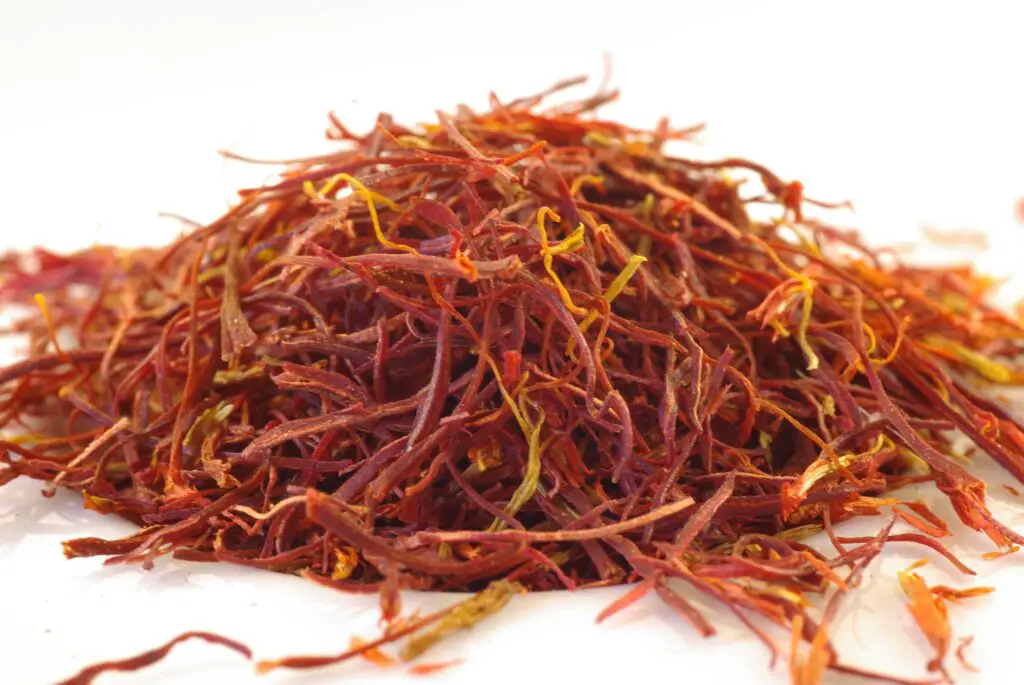
7. Saffron (Crocus sativus)
Saffron is a spice that is derived from the flower of the saffron crocus (Crocus sativus). It is known for its distinct flavor and aroma, as well as its bright orange-red color.
Saffron has been used for centuries in traditional medicine for a variety of health purposes, and more recently, it has been studied for its potential effects on cognitive function and dementia.
Saffron contains a number of bioactive compounds, including crocin, crocetin, and safranal, which may have antioxidant and anti-inflammatory effects.
Some research suggests that saffron supplementation may improve cognitive function and memory in individuals with mild-to-moderate Alzheimer’s disease, although further studies are needed to confirm these findings.
Saffron is also used in cooking and can add flavor and color to a variety of dishes. However, due to its high cost and the fact that it is difficult to cultivate and harvest, saffron is one of the most expensive spices in the world.
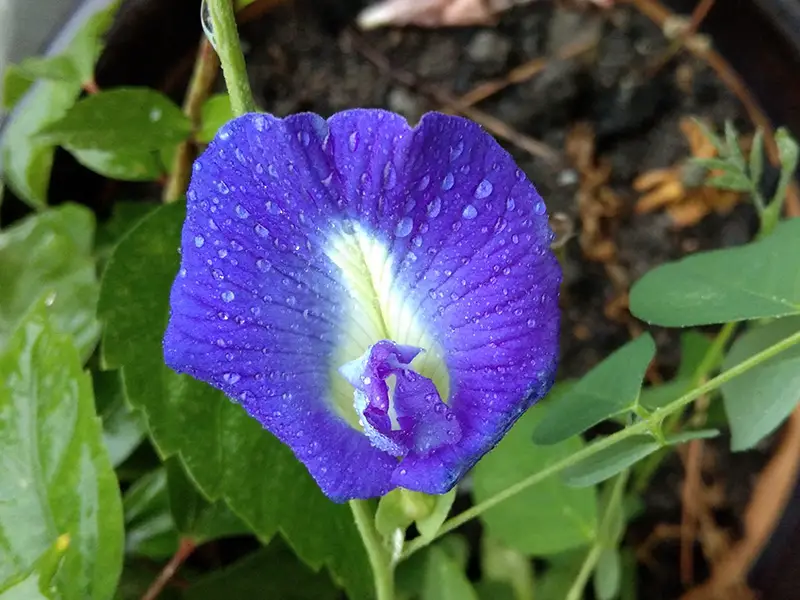
8. Shankhpushpi (Convolvulus pluricaulis)
Shankhpushpi, also known as Convolvulus pluricaulis, is a herbaceous plant commonly found in India. It is known for its use in traditional Ayurvedic medicine, particularly for its cognitive-enhancing properties. The plant has long, slender stems with small, white or pink funnel-shaped flowers. Shankhpushpi is used in Ayurveda to enhance memory, improve cognitive function, and reduce stress and anxiety. The plant has also been used for its sedative properties and is believed to have a positive effect on the nervous system. Shankhpushpi has been traditionally consumed as an herbal tea or in the form of powder or capsules.
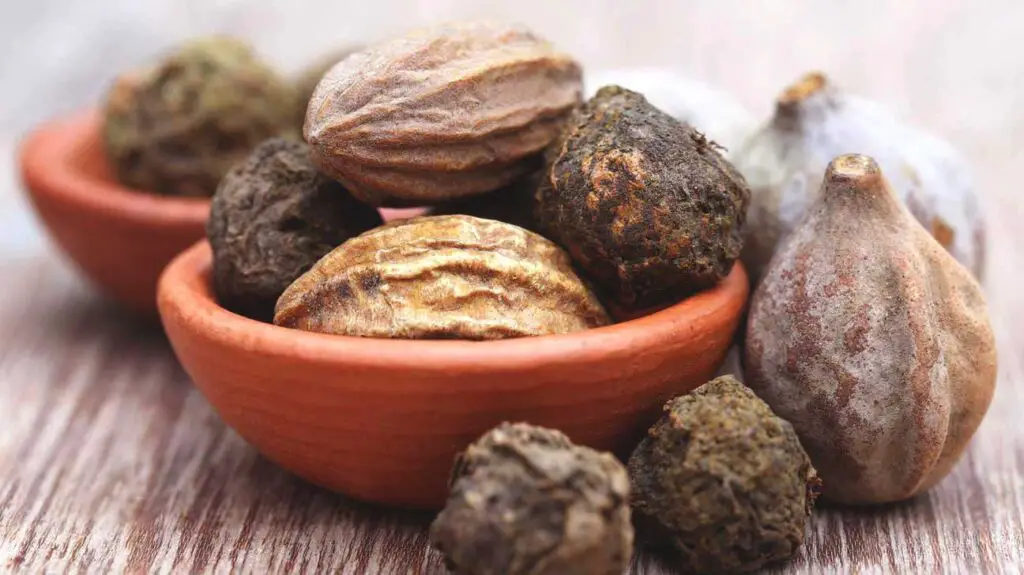
9. Triphala (Emblica officinalis,
Terminalia bellerica, and Terminalia chebula)
Triphala is a traditional herbal preparation commonly used in Ayurvedic medicine, which originates from India. It consists of three fruits: Amalaki (Emblica officinalis), Bibhitaki (Terminalia bellirica), and Haritaki (Terminalia chebula), which are dried, ground, and mixed in equal proportions to create Triphala powder or capsules. Triphala is believed to offer various health benefits, such as improving digestion, supporting liver function, boosting immune function, and acting as an antioxidant. Additionally, it is commonly used to treat health conditions like constipation, irritable bowel syndrome, and skin disorders. Triphala is said to work by regulating the digestive system, promoting toxin elimination, and supporting the body’s natural healing mechanisms.
Regarding Alzheimer’s disease, Triphala is shown to possess neuroprotective properties and may help prevent and treat cognitive decline. Its antioxidant and anti-inflammatory properties may help reduce oxidative stress and inflammation in the brain, which are thought to be factors in the development of Alzheimer’s disease. However, more research is needed to determine the effectiveness of Triphala in the prevention and treatment of Alzheimer’s disease.
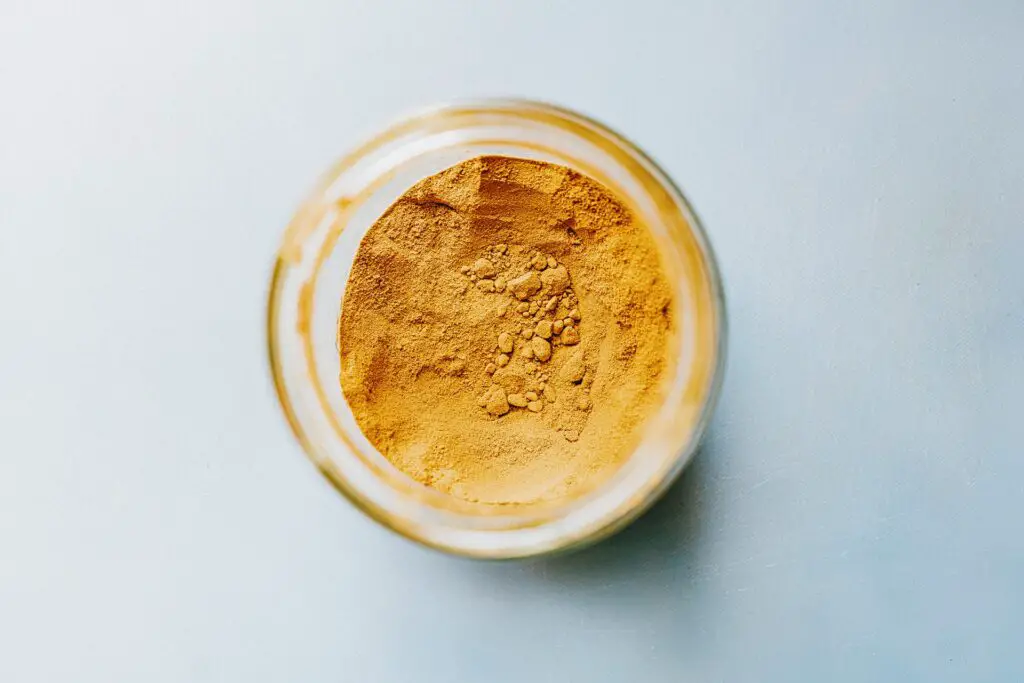
10. Turmeric (Curcuma longa)
Turmeric, also known as Curcuma longa, is a popular spice used in cooking and traditional medicine in many Asian countries. It has a beautiful yellow color and adds a warm, slightly bitter flavor to dishes. One of the active compounds in turmeric is curcumin, which has powerful antioxidant and anti-inflammatory properties.
In traditional medicine, turmeric has been used to treat many different health issues, such as digestive problems, arthritis, and skin conditions. There is also exciting research on turmeric and curcumin for their potential benefits in preventing and treating Alzheimer’s disease.
Studies have shown that curcumin may help reduce inflammation and damage in the brain, which are thought to be involved in the development of Alzheimer’s disease. Curcumin may also have neuroprotective effects, which means it could promote the growth of new brain cells and improve memory and cognitive function.
It’s essential to note that while turmeric and curcumin are promising, more research is needed to understand their potential benefits fully. Turmeric is safe to consume in food, but high doses or long-term use may cause gastrointestinal issues. Before taking turmeric supplements or extracts for therapeutic purposes, it’s crucial to consult a healthcare professional.
Interesting Fact
What Country has the Lowest Prevalence of Alzheimer’s Disease?
It is difficult to determine with certainty which country has the lowest prevalence of Alzheimer’s disease, as the available data may vary based on different studies and reporting methods. However, some studies suggest that the prevalence of Alzheimer’s disease may be lower in certain countries with particular lifestyle factors, such as a healthy diet, physical activity, and social engagement. One example of such a country is Japan, where a relatively low prevalence of Alzheimer’s disease has been reported.
According to the World Alzheimer Report 2019, the country with the lowest estimated prevalence of dementia is Madagascar, with a rate of around 0.4%. However, please keep in mind that Madagascar is classified as a developing country.
While there is no universally accepted definition of a developing country, some common characteristics of developing countries include low levels of industrialization, relatively low per capita income, and high levels of poverty. Aside from that – the low quality of ongoing research and data collecting may be the result of the above. In effect, collected data in regard to this country may not be accurate enough.

I’ve heard that Japan has one of the lowest Alzheimer’s disease prevalence rates. Is it true?
While Japan is often cited as having a relatively low prevalence of Alzheimer’s disease compared to other developed countries, it’s not accurate to say that it has the lowest rate.
Some studies suggest that it has an estimated prevalence of dementia of around 7.2%.
However, it’s worth noting that Japan’s rate is still relatively low compared to other developed countries, which have rates that range from 5-10% or higher.
Final thoughts
It is important to note that while some herbs and natural supplements may have potential therapeutic benefits, they can also have side effects and interact with other medications.
Therefore, it is always recommended to consult with a healthcare provider before using any herbs or supplements, especially if you have a medical condition or are taking medication.
Additionally, there is currently no cure for Alzheimer’s disease, and it is important to discuss any potential treatment options with a healthcare provider to determine the best course of action for each individual’s unique situation.

